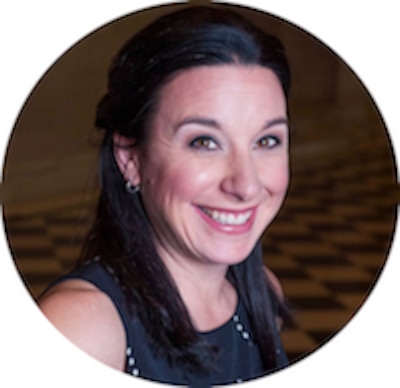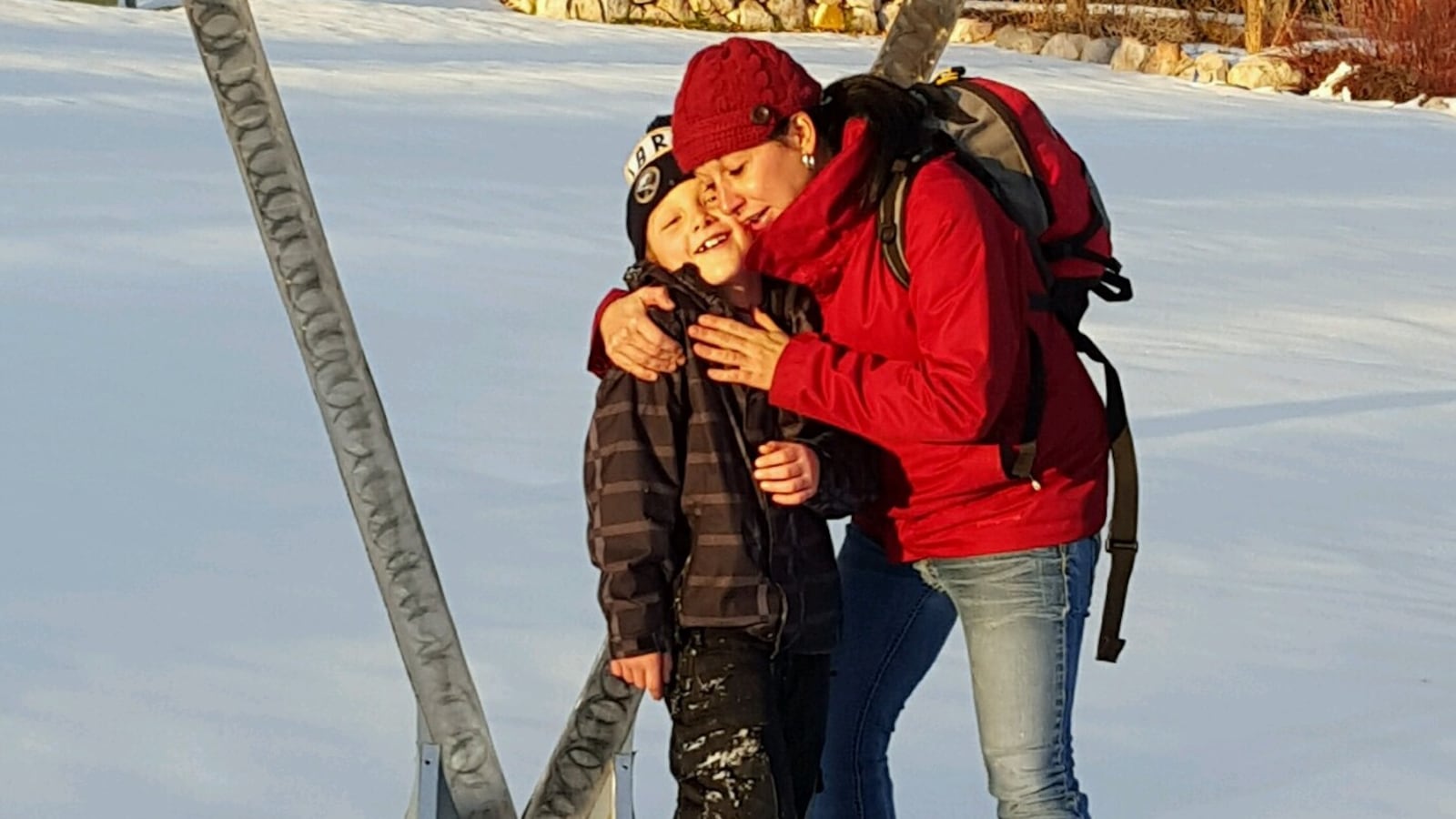
Each day, I do all in my power to fight the “good fight” for my son. I was his first teacher, after all.
But it hasn’t always been easy to know the right way to fight it.
In early 2016, my son was diagnosed with dysgraphia, a learning disability similar to dyslexia. Instead of manifesting itself in his reading ability, it was identified by his inability to write. This is a difficult situation for a school, especially pre-diagnosis. When a child is able to verbally articulate content but has limited capacity to express those ideas in written form, teachers often label that child as lazy, unmotivated, volitionally unwilling to engage.
Post-diagnosis, though, there is support available for students who struggle to overcome a learning disability, from individual education plans to resource teachers and and technology assists. For my son, however, these tools did not materialize.
It was lonely, trekking to and from school with suggestions from a learning therapist and watching them go unimplemented. As a mother, more than a few other emotions colored the experience: frustration, exhaustion, confusion, anger.
These feelings were especially acute as I realized his school was not adjusting the way they taught or interacted with my son, despite the policy and legislation that said they must.
A former teacher and administrator, I know all too well how easy it is for a parent to place blame on teachers. I know, too, that it takes effort to work with a student’s learning disability — effort that was not on display in his classroom.
Why? Had I turned into “that mom,” the one whose email address or phone number’s very appearance on a screen makes a teacher want to throw their phone off a cliff? Did they not like my son? Was he really not trying? What was I doing wrong?
Anger and self-doubt were not helping my son or the situation at his school. I want to fight the good fight for him, and, to me, that means making sure the transition to understanding and meeting the needs of his dysgraphia is a positive one. For him, for his school, for me.
I was determined to cut through the fog of inaction and use it to teach my son about perseverance. It is a parent’s responsibility to be involved, to embrace the struggle, and to demonstrate how collaboration and cooperation can yield much, much more than anger, blame, or avoidance ever will.
With this understanding, I had to pivot. I had to be resourceful and strategic, and to listen to my instincts as a parent. I wouldn’t lay in wait to ambush teachers as school let out or escalate every incident to the principal’s level, but neither would I take no for an answer.
I would, however, continue to educate the staff about dysgraphia; share promising strategies for supporting students with learning disabilities; inform other parents of the school’s legal obligations and responsibilities; volunteer as often as possible to develop positive relationships with those who watched over my son’s education; and celebrate the successes and discuss the challenges with everyone involved.
We are all familiar with the proverb, “It takes a village to raise a child.” But for parents, especially, it can be helpful to acknowledge that not all villagers share their same level of commitment to their child. It can sometimes be on us to fill in knowledge gaps and help other adults adapt to new roles when a child needs support — to enlist fellow soldiers to join us in the good fight on behalf of those who are not yet able to do so.
Amy Valentine is the director of the Foundation for Blended and Online Learning, and previously served as executive director of three virtual schools in Colorado.
About our First Person series:
First Person is where Chalkbeat features personal essays by educators, students, parents, and others trying to improve public education. Read our submission guidelines here.



